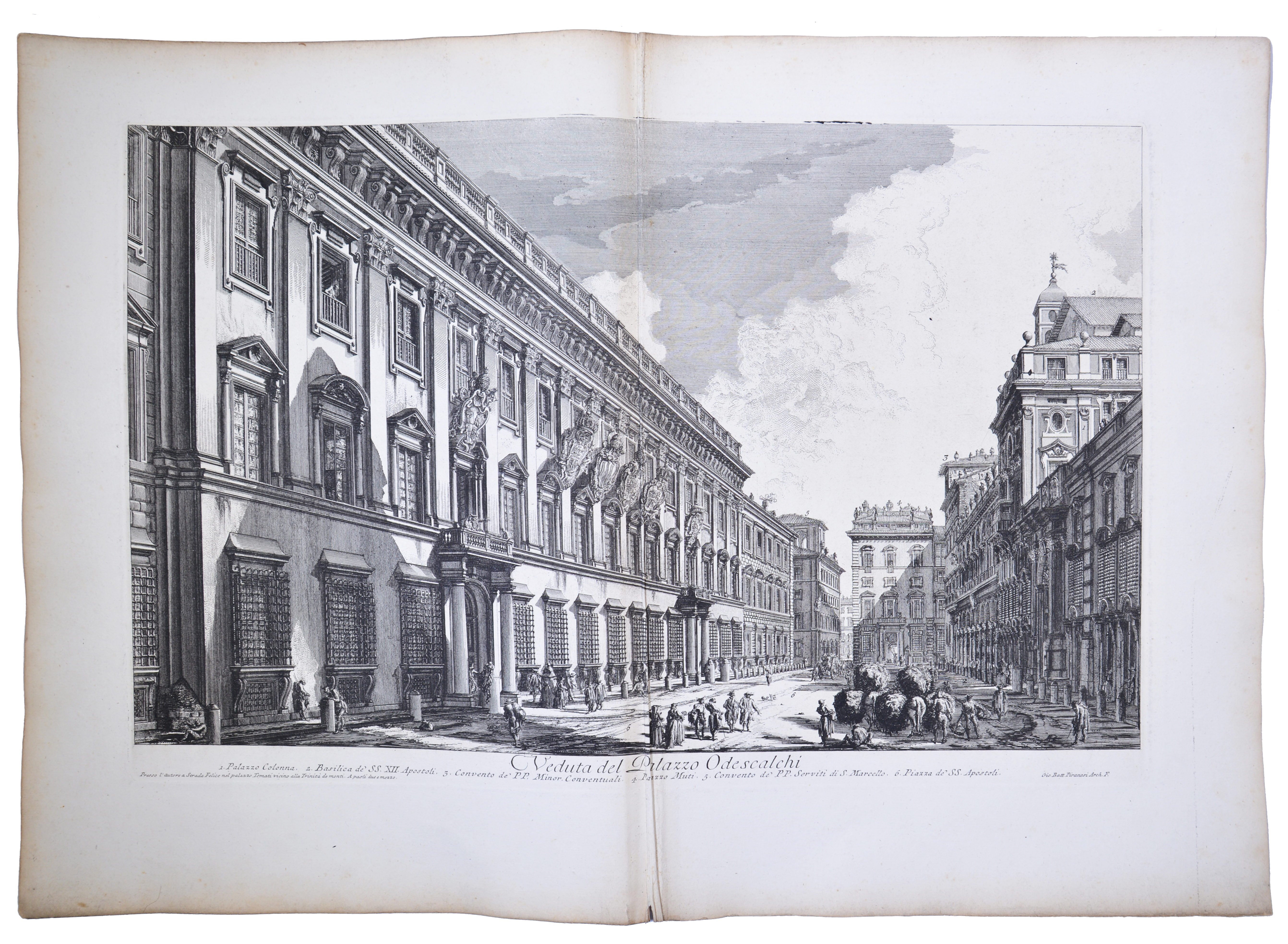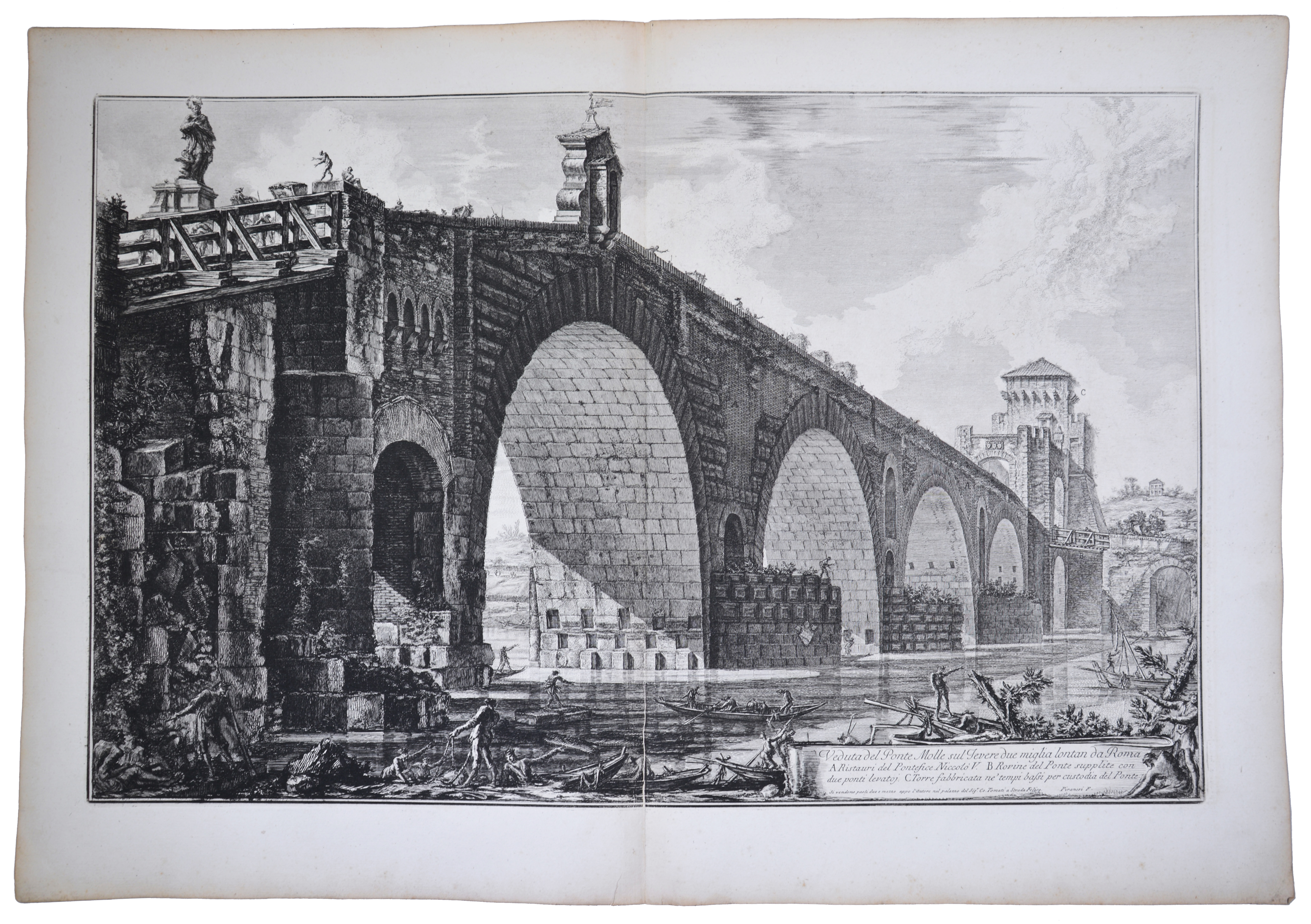
Eventually travelling got a little too expensive for my budget and I was forced to spend more time in Milan.
#Via giovanni battista piranesi 10 milano free
Initially I found it very boring here and travelled frantically across Italy, spending my free time aboard trains. Milan seemed to fit the stereotype I had always heard about: grey and cold, it was a place made for offices where you do nothing else but work during the week and wait for Friday to spend the weekend somewhere else. So when I had a chance to move to Milan to start a new exciting job at one of the most famous Italian publishing houses, I was happy but disappointed at the same time. I was born in Milan but raised in Rome, a city you can hardly compare to any other Italian city (and few cities abroad) for its beauty. She writes a music-related blog of her own on, Marpo (from her nickname Marò). Études Op.Mariarosa Porcelli works as a book editor in Rizzoli Publishing and web editor and blogger for the Milan Chamber of Commerce.Heidelberg: Willy Müller, Süddeutscher Musikverlag, 1958. Achtzehn Studien zu Frederic Chopins Etuden. ^ Godowsky - Studies on Chopin's Etudes."Mastering the Chopin Études." A compendium to Chopin: Genius of the Piano. Buch 8 (Variationen und Varianten nach Chopin). Klavierübung in zehn Büchern, zweite umgestaltete und bereicherte Ausgabe. Édition de travail des oeuvres de Chopin. Neue Zeitschrift für Musik No.11, February 6, 1836, p. " Die Pianoforte-Etuden, ihren Zwecken nach geordnet".

Warsaw: Polskie Wydawnictwo Muzyczne, 1999. ^ Palmer, W: Chopin Etudes for the Piano, Alfred Publishing Co., Inc., 1992, p.Cocks & Co., Reprint, New York: Da Capo Press, 1979. School of Practical Composition London: R. "Baroque reflections." In The Music of Chopin. "Die Etüden." In Analyse der Chopin'schen Klavierwerke.

"The Studies-Titanic Experiments." In Chopin: The Man and His Music. To avoid strain, the first note of the position "must be released like a hot potato," and the hand "should move quickly and laterally, without stretching, from the first note to the next note and the next position." Paraphrases Australian pianist Alan Kogosowski warns against straining the right hand by constant overstretching. Ferruccio Busoni in his Klavierübung introduces an exercise for two hands in contrary motion, somewhat reminiscent of Leopold Godowsky. French pianist Alfred Cortot (1877–1962) states that the first difficulty to overcome is "stretch and firmness in shifting the hand over nearly the whole length of the keyboard." Exercises introduced by Cortot, Gottfried Galston and Alfredo Casella deal mostly with stretch and anticipation of position changes. The momentum of the motion has to be transferred by the outer hand and the fifth finger to the accentuated top notes. The main technical difficulty of this piece is playing the uninterrupted right hand arpeggios, including the swift position changes, in legato powerfully and accurately at the suggested tempo ( = 176) without straining the hand. Both right hand arpeggios and left hand octaves are to be played legato throughout. Unlike Op. 10, No. 4, which reaches fff, this one stays in f throughout and never once reaches ff. A slower tempo ( = 152) has been suggested by later editors such as Hans von Bülow who feared that at = 176 "the majestic grandeur impaired." There is no Maestoso indication by Chopin though. A copy by Józef Linowski of Chopin's autograph reads cut time ( alla breve). The time signature common time is according to the first French, English, and German editions. Chopin's metronome marking, given in the original sources, is MM 176 referring to quarter notes. The work is to be executed at an Allegro tempo.

A harmonic reduction ("ground melody") of the work can already be found in Carl Czerny's School of Practical Composition. A fictional example of Chopin's harmonies with Bach's figuration and vice versa is given by British musicologist Jim Samson (born 1946). 1 in C major (BWV 846) from The Well-Tempered Clavier has been noted by musicologist Hugo Leichtentritt (1874–1951), among others. Its harmonies resemble a chorale and its relationship to Bach's Prelude No.
.jpg)
Excerpt of harmonic reduction (bars 41–49: circle of fifths leading to recapitulation) after Carl Czerny


 0 kommentar(er)
0 kommentar(er)
